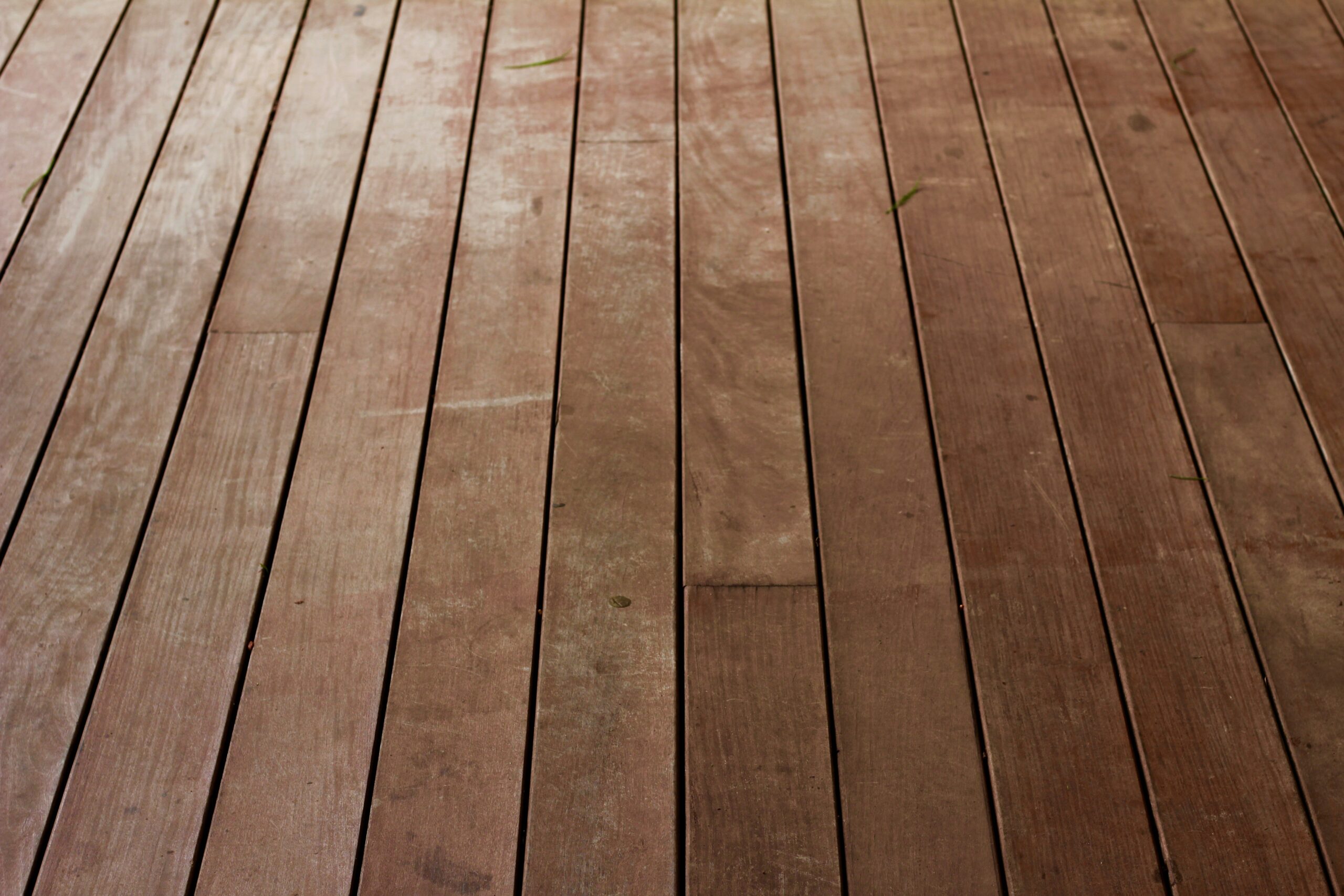
The 6 Most Durable Wood Flooring Options
Are you wondering what wood flooring is the most durable? Generally speaking, wooden flooring tends to be on the more
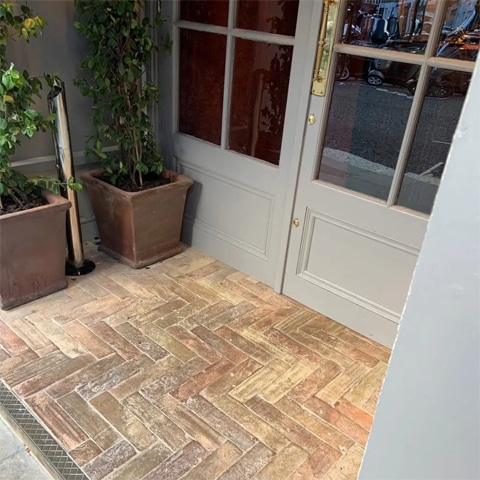
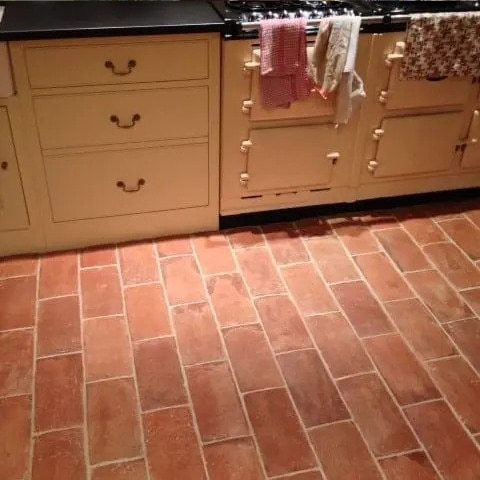
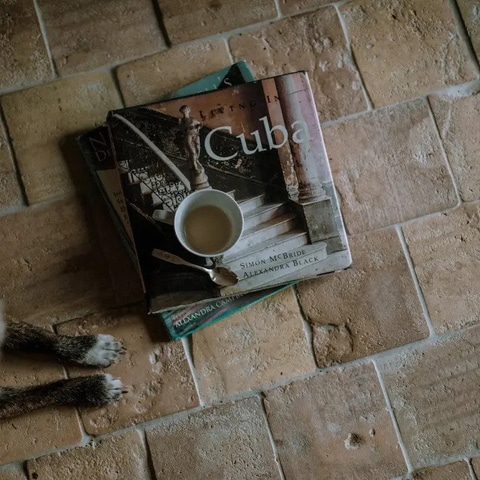
This post dives into the many uses of terracotta tiles throughout history. How they have evolved from ancient worlds to modern times, we discuss the transition of terracotta throughout time.
Restoration projects that set out to renew the relevance of architecture while maintaining a certain kind of authenticity and timelessness often utilise terracotta floor tiles for kitchen, porch and bathroom spaces, and more recently for living room and bedroom interior projects.
Warm, organic and rustic in feel terracotta not only speaks of ancient worlds both east and west but has also been used as a means of creating contrast within contemporary interior settings often used as a base colour within a space ready for the addition of accents and detail found in textiles, furnishing and the various necessary features of an interior.
Evidence of terracotta can be found in many of the most prestigious examples of architecture in Britain and across the world. In Britain, of course, it is most common as a central feature to Edwardian, Tudor and Victorian architecture. Already by the Victorian age terracotta had been appropriated from ancient Greek temples and Renaissance churches from northern Italy.
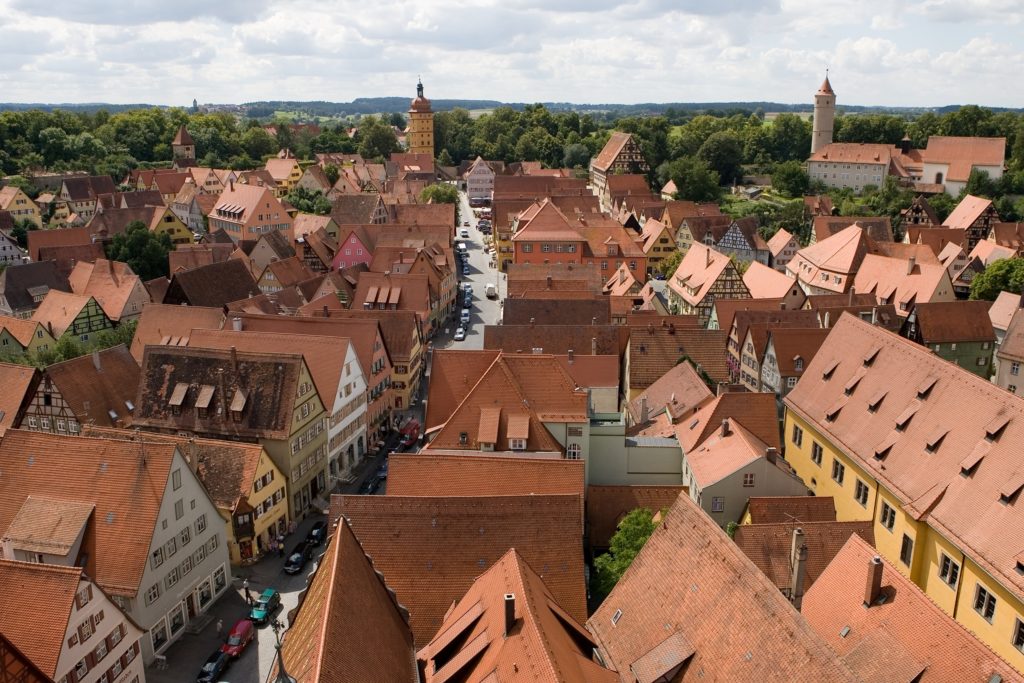
The world of tiles is so vast itself. Terracotta – also known as ‘baked earth’ – falls under the ceramic tile category and can come in two different finishes; glazed or unglazed. The recent rise in popularity of glazed tiling for both walls and floors as a means of creating interiors typical to Southern Italy, the Mediterranean and Northern Africa has only elevated the status of unglazed terracotta tiles as an interior choice.
Many restoration artists and interior designers, for example, utilise more decorative glazed tiles as a way to create detail in a room, whilst choosing unglazed terracotta tiles to create an overall rustic look and bring warmth to an existing space.
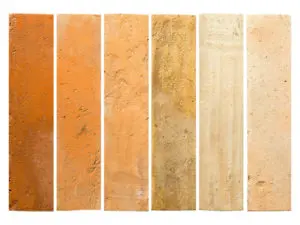
The unique luminosity of terracotta and its connotations of natural earth is what makes it so popular to this day. The colour of terracotta itself is notorious for its range of hues. In the region of Tuscany for example, predominantly in the city of Florence terracotta is known mostly as a red to burgundy colour evidence of which can be found on top of the many roofs of the city. In Venice however, the material is more widely found within many residential homes as an ochre shade whilst in the cities of southern Italy such as Naples, it is most known for its bright yellow luminosity.
Evidence of terracotta as a sculptural material and its various uses notably for earthenware and vessels can be traced as far back as ancient Mesopotamia and is associated with numerous ancient, western and eastern civilisations.
The use of terracotta as an architectural material and specifically as a flooring solution rose drastically during the fifteenth century in Italy at a time for increased demand for public and private architectural commissions. Its rise in popularity came about in large part due to its easily workable properties and as an alternative to rarer and costlier stone such as marble.
Many artisans, architects and artists to this day are drawn to the variety of hue and the sense of non-uniformity of surface which is all the more notable in reclaimed variations that are utilised today for many restoration projects.
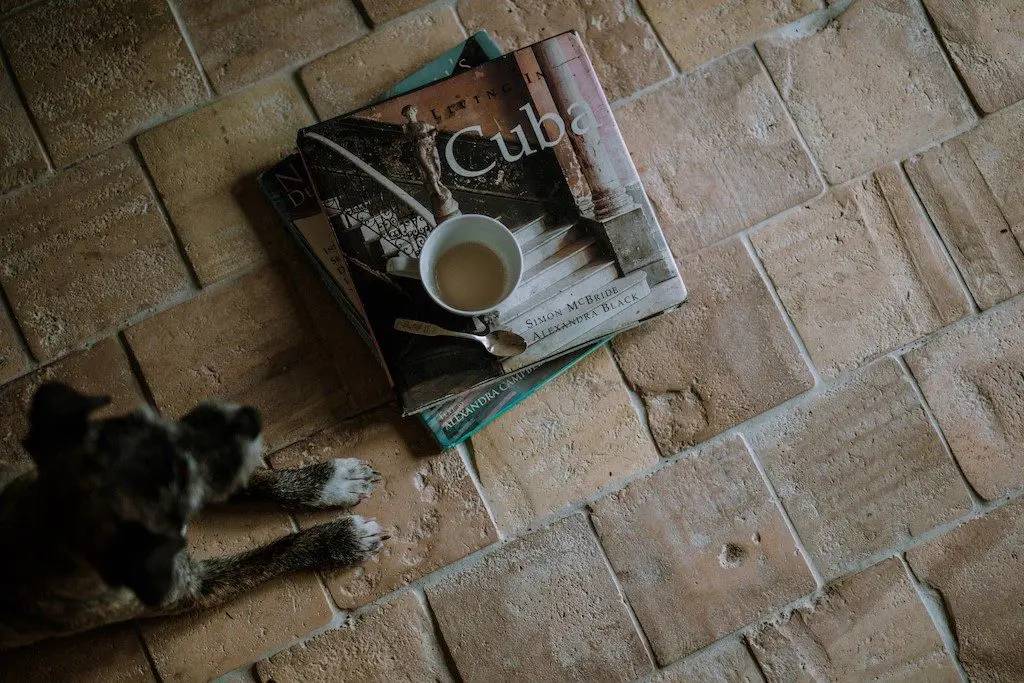
Perhaps the single greatest fear pertaining to architectural restoration relates to the potential that the addition of new materials and finishes has the potential of destroying the sense of original beauty and antiquity of any given space. Reclaimed terracotta is notable in that the period character of a space is entirely retained, complemented and dramatized.
The uses of terracotta tiles as a flooring solution today comes about not only as a result of the materials aesthetic properties but also in large part for its hardwearing and easy to clean nature, and its characteristic for absorbing and retaining heat.
Today terracotta tiles are utilised in the context of country cottage style interiors, Mediterranean style interiors and more widely used as an accent to more contemporary style settings. The colour, however, often ranging from a darker plum, reddish hue to a warm savannah orange colour and even paler in instances where the colour becomes somewhat more of a warm flesh tint, is at once a colour range of statement and versatility.
To lay a terracotta floor undoubtedly brings warmth to an interior space and creates the sense of an alternative base colour for a room from which to make further interior design choices and selections. Contemporary architects and interior designers have widely utilised the colour as a means of using more unusual and bold colours within an interior in terms of fabric selection furniture and fixtures.
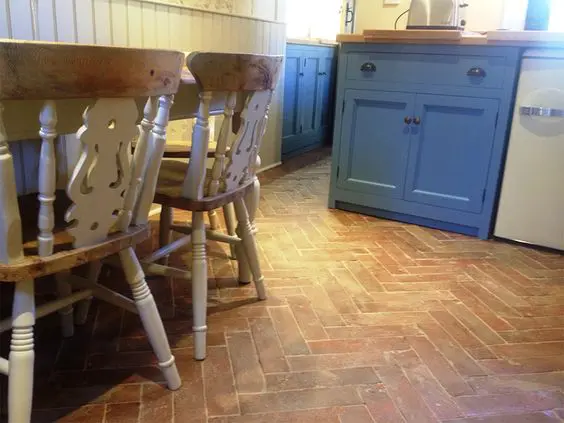
Dark royal blue, for example, can be used with the various shades of terracotta as an accent and can create a graphic effect by way of contrast. Or alternatively for a trendier look terracotta can be complemented with lighter pastel blues, pinks and neutral beige colour combinations that can add femininity, elegance and timelessness to an interior.
More recently many interior designers have been turning to a more American, industrial aesthetic where various shades of grey can be utilised to great effect. In this instance, terracotta tiles are a fabulous choice for warehouse and industrial architecture renovation projects that often incorporate open brickwork.
It would be impossible to discuss the uses of terracotta tiles without locating specifically the timeless and exquisite style of the farmhouse, Provençal kitchen. Rustic kitchen interiors are notoriously hardwearing spaces that are easy to maintain for those where the kitchen space plays a central role within the home; as a place for cooking and congregating in families, with guests or pets even.
Once sealed, terracotta tiles are easy to clean and because of their darker colour need cleaning far less regularly as what would be necessary with a lighter coloured ceramic or stone floor, perfect for an easy to use food preparation environment that is warm and brimming with rustic charm. Yet the material is versatile and has been utilised also for living room spaces bedrooms and bathrooms, used within the later largely as a result of being water, allergen and bacteria resistant.
Unique also in that terracotta can be used inside and out; an incredible way to create a sense of an interior space that extends into the outdoors and where the boundaries between the outdoors and inside are blurred. Many city dwellers, for example, choose reclaimed terracotta tiles for their porches for this reason. Found often in outdoor spaces terracotta tiles can create a sense of charm and mystery as a pathway or patio within the setting of a garden.
The texture of terracotta and the sense of non-uniformity of surface particular to reclaimed terracotta tiles makes it a perfect material to set against smoother surfaces such as wood, stone and the painted walls of an interior space. Beyond however more eccentric interior design concepts the very heart of this material rests in its importance as a feature within the country cottage look.
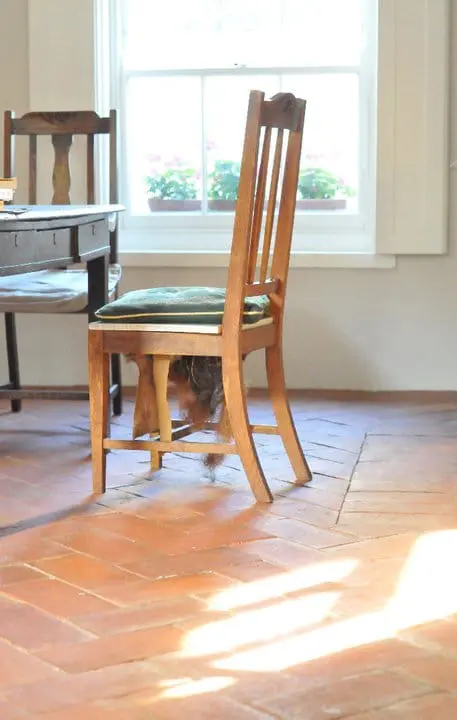
Terracotta tiles immediately transform a room by adding warmth to the architecture, In the case of period properties, country cottages, villas and stately homes, terracotta tiles are a perfect choice for the project of renovation. A material that is at once sensitive to the original period architecture is not an easy one to find and the choice of reclaimed terracotta tiles can really bring back a sense of the spirit of any original period room and what it may have been like at the time of its original making and use.
The process of choosing an interior floor can be a nerve-wracking one. Undeniably one of the most important features of a room often interior designers use the flooring itself as a starting base or canvas out of which further interior design choices are made. Reclaimed terracotta tiles are unique in that any given space is immediately transformed and immediately takes on a rustic, warm, original period feel.
Of course, the property of light is central to the question of interior design and there is really is no other material quite like terracotta in its interaction with light within interior space. In natural daylight a terracotta tile can feel bright and full of character whilst under the conditions of lamplight terracotta comes alive in a whole new way, adding such necessary warmth and cosiness to living space.
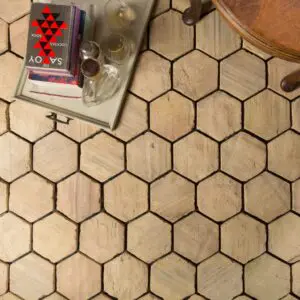
Terracotta floor tiles are available in a number of formats. The more classically shaped rectangle is elegant and can be utilised for large open plan spaces in addition to long narrow corridor rooms. The more unusual hexagonal shaped tile, however, brings a degree of intimacy and quirk to a room where the pattern itself becomes a key feature of the room. Of course, the hexagonal tile is a perfect choice for those seeking to create a countrified look to their kitchen or home at large but also the pattern can work so well in the creation of more quirky Boho, vintage home looks.
As many architectural and interior materials enter into and go out of fashion, terracotta tiles are unquestionably here to stay. Its vastly flexible character, its variety, its luminosity and exclusivity mean that this is a material that will continue to be embraced by interior designers restoration artists and architects for a long time to come. For more unexplored design ideas we recommend turning to examples of early twentieth-century American residential interior design where terracotta is used to customise spaces within a more industrial style context.




 (no ratings yet)
(no ratings yet)
Are you wondering what wood flooring is the most durable? Generally speaking, wooden flooring tends to be on the more
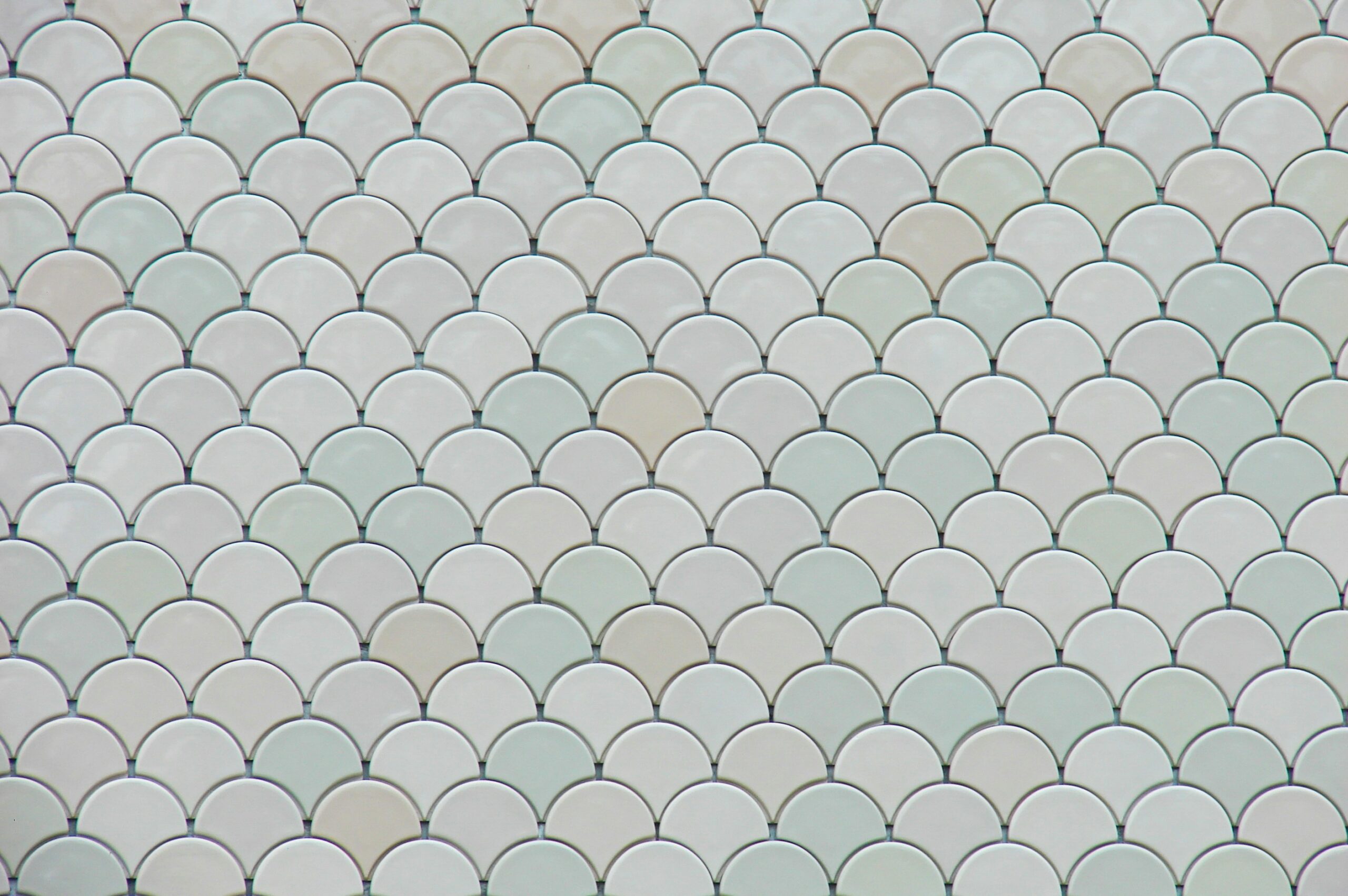
Are you in need of Art Deco flooring ideas to conform to your stylistic preferences? As the movement predominantly relies
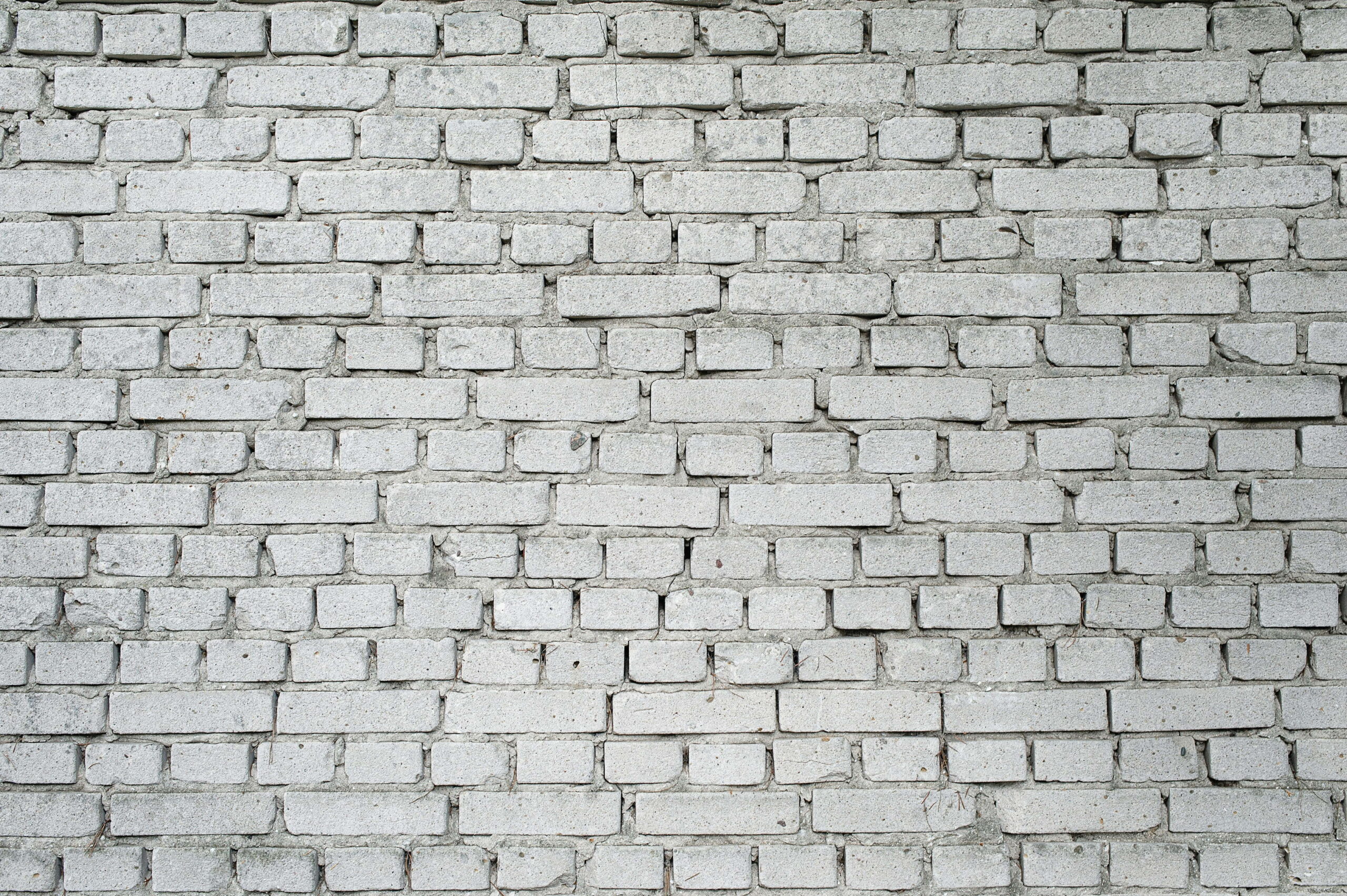
Sustainable home interior design has been steadily gaining ground as more trends emerge and become widely available. Homeowners increasingly look
We supply brick floor tiles and terracotta tiles both reclaimed and handmade as well as reclaimed oak flooring.
| Cookie | Duration | Description |
|---|---|---|
| cookielawinfo-checkbox-analytics | 11 months | This cookie is set by GDPR Cookie Consent plugin. The cookie is used to store the user consent for the cookies in the category "Analytics". |
| cookielawinfo-checkbox-functional | 11 months | The cookie is set by GDPR cookie consent to record the user consent for the cookies in the category "Functional". |
| cookielawinfo-checkbox-necessary | 11 months | This cookie is set by GDPR Cookie Consent plugin. The cookies is used to store the user consent for the cookies in the category "Necessary". |
| cookielawinfo-checkbox-others | 11 months | This cookie is set by GDPR Cookie Consent plugin. The cookie is used to store the user consent for the cookies in the category "Other. |
| cookielawinfo-checkbox-performance | 11 months | This cookie is set by GDPR Cookie Consent plugin. The cookie is used to store the user consent for the cookies in the category "Performance". |
| viewed_cookie_policy | 11 months | The cookie is set by the GDPR Cookie Consent plugin and is used to store whether or not user has consented to the use of cookies. It does not store any personal data. |